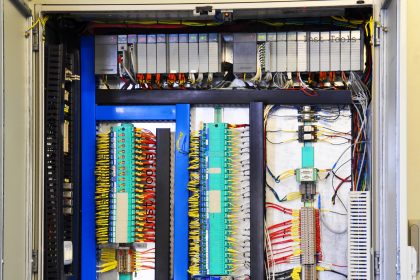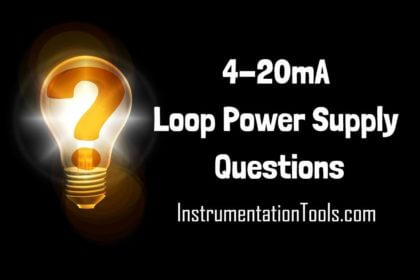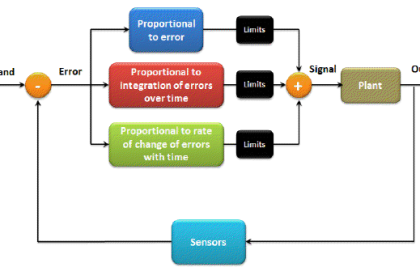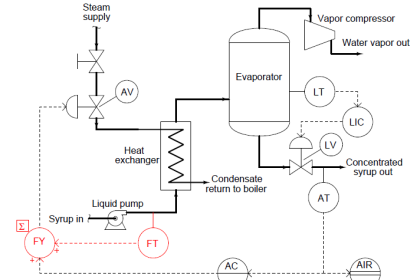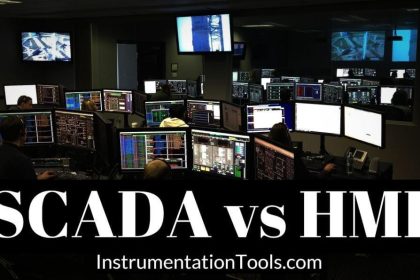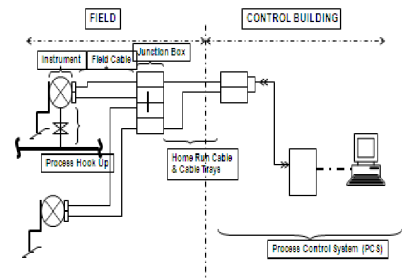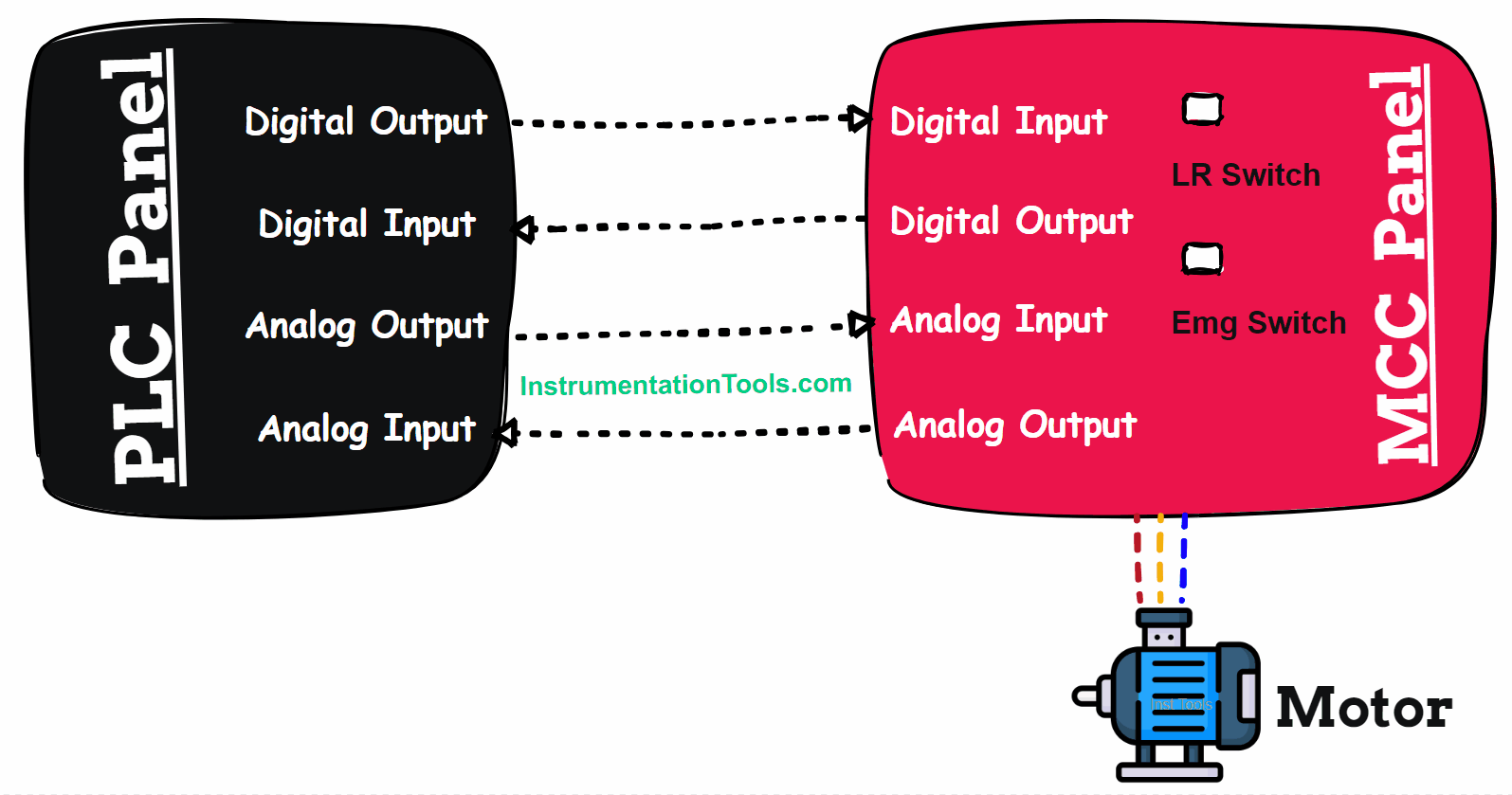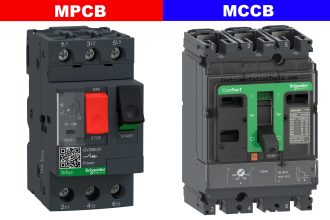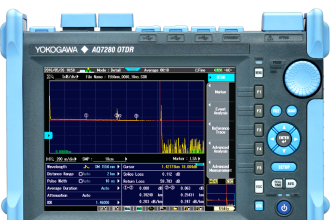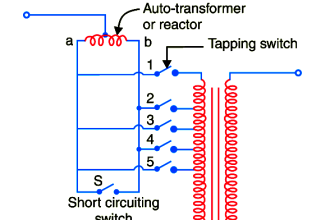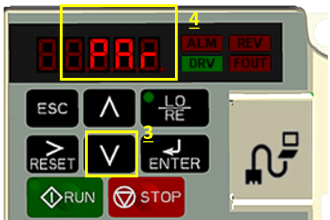Industrial automation is required to automate an industrial process without human intervention. This must be done with minimum or zero error, and with the highest efficiency.
Whenever you work with industrial automation, you must have always heard of two terms in it – continuous process and batch process. It is always necessary for a PLC programmer to understand these two terms. Otherwise, he will not be able to differentiate between various processes of a plant.
In this post, we will learn the difference between continuous process and batch process control with PLC.
What is a Continuous Process?
As the name implies, a continuous process stands for a term where a cycle starts from raw material input and moves on continuously till the final finished product is made. For example, suppose you have an edible oil and potato as raw materials and you are required to produce potato chips at the output.
What the process will do is it will continuously take raw materials as inputs and merge them with various processes like cutting, peeling, heating, cooling, boiling, frying, mixing, etc. This will be done without stopping any event in between. If any of the processes stop for even a minute, then the whole production will be disrupted. This shows that every stage is interdependent with each other, and any lag in it can hamper the whole process. This results in a high level of production.
Rather than waiting until the unit of product is complete, raw material is fed and processed continuously to produce additional units of product. So, you get a continuous flow of raw materials and finished products in this automation. It must have been understood now that automation is highly complicated, critical, and precise due to the nature of the work done. So, every stage must be planned and interlinked properly before starting production. Due to this, time, energy, and money are saved a lot.
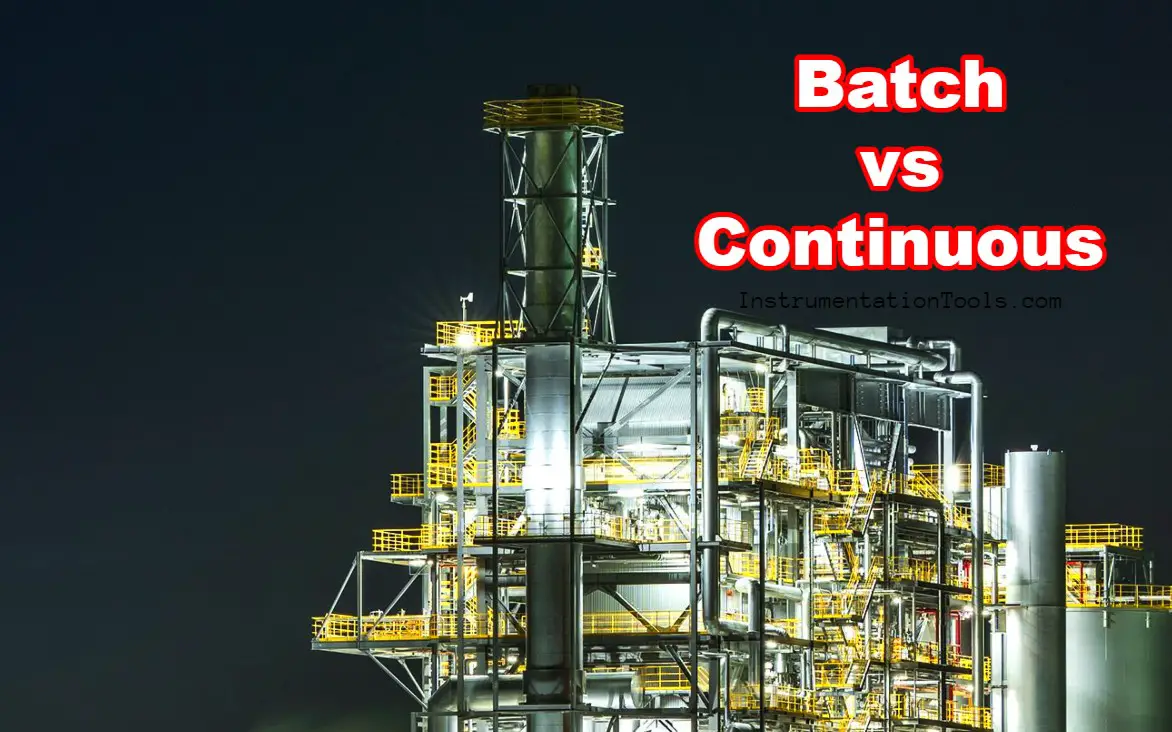
What is the Batch Process?
Let us break the above example in a simpler way, by taking batches of stages. Suppose you have completed one process of peeling first. Then, the next stage of boiling will first require cleaning a particular vessel, sanitizing it, and then allowing potatoes to pass in it.
Once passed, the operator will perform some pre-requisite conditions like entering data, weighing the vessel, and storing the required information somewhere. If he is sure of what he has done, then only he will start the boiling process. This means that the processes here first require manual intervention to validate and verify it, before passing it on.
So, as the name implies, a batch process is an activity in which the products are manufactured in batches in a particular stage and then validated, before passing it on to the next stage. As products move through the batch production process, each batch must complete the current stage before the next batch can begin.
All this process shows that rather than production, quality control takes advantage here in the batch process. Also, you get enough downtime to do maintenance activities. Because, once a batch is complete, the operator can do his maintenance and start the next batch after that only.
A batch process thus involves a set of ingredients and a sequence of one or more production steps that follow a pre-defined order. Due to this, a finite amount of products are made due to the time it takes. But, you get a very good amount of efficiency, precision, and reliability in this automation.
Difference between batch process and continuous process
- The batch process emphasizes on quality control, whereas continuous process emphasizes on production.
- The batch process works in interruption and goes through each step of check-in a stage, whereas the continuous process works without interruption, and every stage must at the same time work accurately to achieve the final product. Just working continuously does not mean that the quality of product will be compromised here. Some amount of tolerance is accepted in continuous process, but not a large one.
- Production time is shorter in continuous process than batch process.
- Real time process monitoring is better in continuous process than batch process.
- Errors are less in batch process than continuous process.
- Initial cost of investment and training time is higher in continuous process than batch process.
- Workforce or manpower requirement is smaller in batch process than continuous process.
- Continuous process is sophisticated in operation than batch process.
In this way, we saw the difference between continuous process and batch process with PLC.
